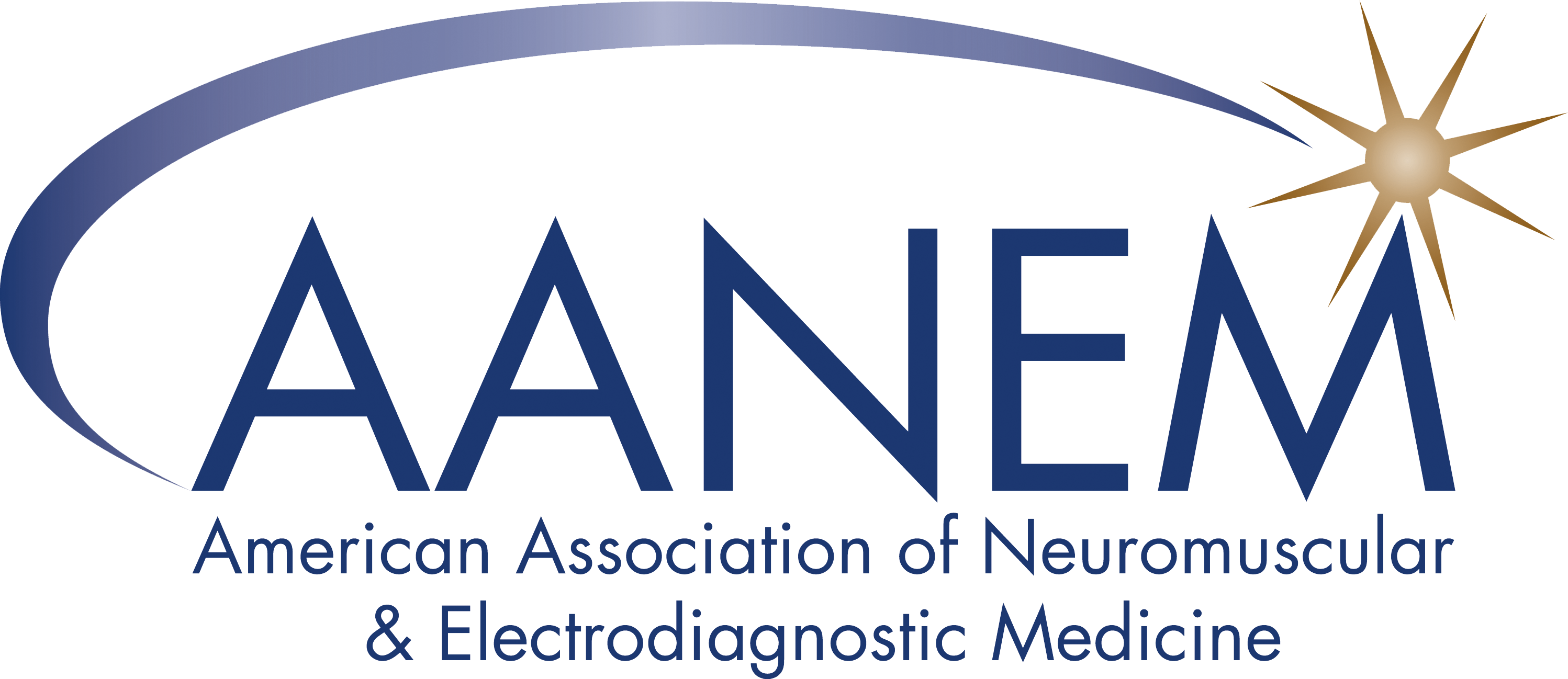Science News: Targeted Exercise Program Shows Promising Benefits for Aging Adults
Published September 04, 2025
Science News
Objectives: this study aimed to analyze the effects of a neuromuscular training program compared to a multicomponent training program on proprioception and muscle reaction time in older woman.
Although changes in the somatosensory and muscular systems are independent processes, it has been suggested that a deficit in proprioception may create negative feedback to the central nervous system, potentially leading to inefficient muscular responses.
Material and methods: This study was a randomized controlled trial. It included 54 older women randomized into 3 groups: 1) multicomponent group (MCG), 2) neuromuscular group (NMG), and 3) control group (CG). MCG carried out a multicomponent training program and, NMG completed a neuromuscular training program plus the multicomponent training.
It has been proposed that multicomponent training effectively improves physical functionality by targeting various motor components, such as muscle strength and functional performance. In contrast, neuromuscular training, which combines proprioceptive, strength, and postural balance exercises, specifically addresses both sensory and motor systems, offering a more comprehensive rehabilitation approach for older adults.
Proprioception was assessed using the active repositioning test in the shoulder, elbow, hip, and knee joints. The muscular reaction time of the peroneus longus, tibialis anterior, and gastrocnemius medialis were evaluated (using a Delsys electromyograph model TrignoTM Wireless sEMG System). To obtain the reaction time of these muscles, a sudden lower limb destabilization test was performed.
Results: A significant time by group interaction was observed in proprioception of the shoulder joints (F = 7.57; p =0.003; ηp2 = 0.255), hip joints (F = 10.2; p = < 0.001; ηp2 = 0.258) and knee joints (F = 7.12; p = 0.004; ηp2 = 0.244) and reaction time of the peroneus longus (F = 13.7; p = < 0.001; ηp2 = 0.378), tibialis anterior (F = 8.14; p =0.002; ηp2 = 0.246) and medial gastrocnemius (F = 7.86; p = 0.003; ηp2 = 0.263). Multiple comparisons showed that there are significant improvements between the pre-and post-assessment of the NMG in proprioception and muscle reaction time.